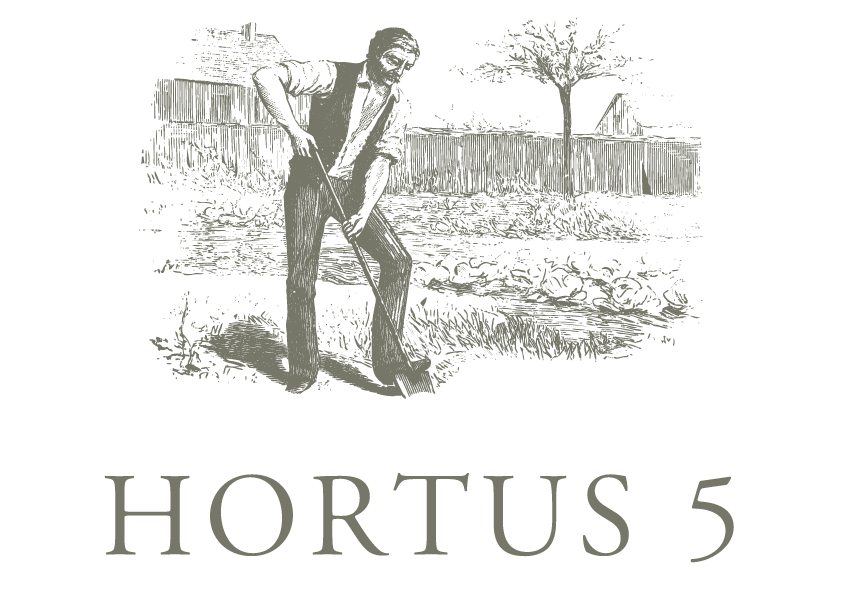 Photo courtesy of http://www.entomology.umn.edu
Photo courtesy of http://www.entomology.umn.edu
It’s positively steamy outside. I’m watching the sprinkler water the zinnias on the far side of the pool, and completely drowning out the sound of running water is the non-stop, rapid-fire droning chirps of the Cicadas. Some might consider the sound a nuisance or torture, but I find the chirping can trigger memories and it sparks my imagination.
As a kid, we always incorrectly referred to these buzzers as locusts — but no matter what we called them, no sound reminds me more of the dog days of summer than the Cicada’s song. It’s like a sizzling sound effect, perfectly accentuating the sun’s rays scorching the garden. A never-ending sizzle, that forces me to stand as still as the hot, humid air. As one chorus whines to an end, another starts up, and so on and so on.
I remember being captivated each time we found the shell of a Cicada’s discarded skin. Looking like a miniature Alien creature, they would be hooked under chairs, patio tables, plants, branches — anywhere. In fact, they attached so easily to anything that they were perfect for scaring your sister or aunt into thinking an enormous bug was crawling on their shirt.
The chirps are actually a conversation of sorts, with topics ranging from danger warnings to mating calls. While I have not had the opportunity to translate the various pitches and range in volume, they do make me imagine myself in a Tennessee William’s drama, like Cat On A Hot Tin Roof — the kind of setting where all you do is fan yourself while sitting on the veranda, drinking an icy lemonade, listening to Big Daddy go on and on — only to be upstaged by the maddening chirps.
I think what impresses me about Cicadas is that where I live, most insects are normal sized — nothing too prehistoric. Of course there are June Bugs (not a fan of those) and Praying Mantis (love them!), but the Cicada looks like it’s pumped up on steroids. My father caught one once and carefully tied a string to it. It was like a toy helicopter circling about him — just a guy taking his Cicada out for a spin. (The Cicada was released, unharmed, but probably a little dizzy.)
Apparently, my father and I are not the only ones who are fond of Cicadas. There is a website, Cicada Mania, devoted to all-things Cicada, the ancient Chinese culture regarded the insect as a symbol of rebirth, and other cultures consider them a delicacy. As for me, I’ll take my Cicadas on the porch with an ice-cold lemonade — none of those no-neck monsters — just me and Maggie and Brick and that endless song.
This post was written by Kevin Loud, AKA The Nitty Gritty Dirt Man. As Kevin puts it, “my gardening blog is about the incredibly true misadventures of a home gardener who does not have a horticultural degree or his own HGTV show.” I think you’ll find his blog posts will resonate with you and put a smile on your face. Please visit his blog at: nittygrittydirtman.wordpress.com






























